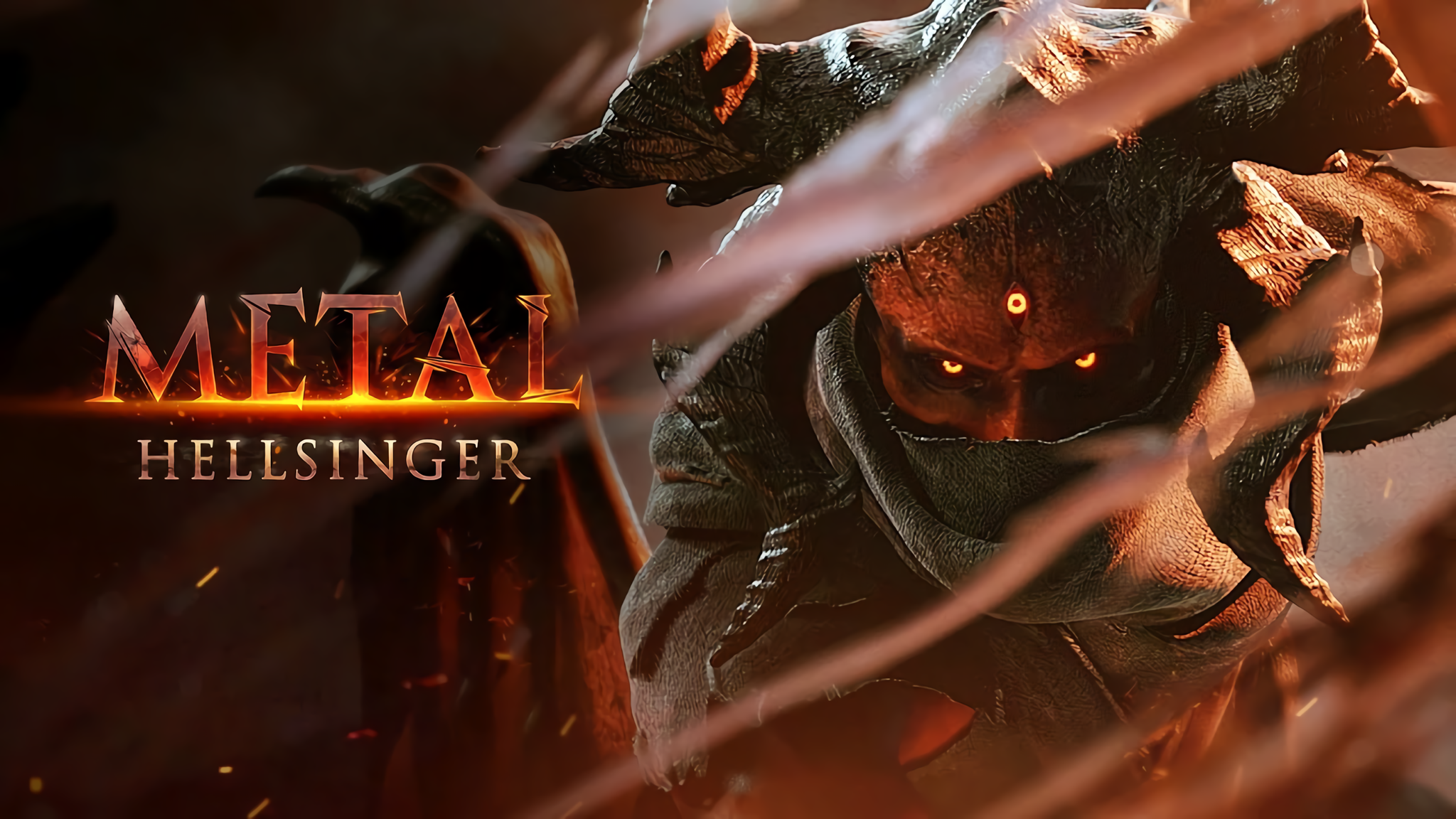Metal: Hellsinger, a game developed by The Outsiders and published by Funcom is a rhythm FPS similar to BPM: Bullets Per Minute. That said, although the two games share the same gameplay idea – shots made to the rhythm of music are stronger and thus more efficient – there are several differences as well. One could say that Metal: Hellsinger refines the ideas pioneered by BPM, puts them into a more polished package. Many players struggle to follow the rhythm of the music on top of regular FPS gameplay, and so, the game does its best to ease the strain. Features like (subtle) autoaim, visual cues, and generally forgiving difficulty genuinely make the experience less overwhelming for a newcomer to this niche genre. Those yearning for a challenge, of course, can simply select a higher difficulty level. But quality-of-life features is not the only way in which Metal: Hellsinger demonstrates its polish. The game, in stark comparison with BPM’s procedurally generated levels, features an intense storyline about a vengeful part-demon and eight carefully crafted levels. And while it does limit replayability somewhat, the first-time experience is much better. The game can be played on Windows, PS5, and XBox Series X/S, but lacks official Mac support. Not to worry, though; it is still possible to play Metal: Hellsinger on Mac. Simply follow the guide below.
Play Metal: Hellsinger on Mac with Parallels

Metal: Hellsinger requires lots of PC resources, but if you have a powerful Mac computer (iMac, iMac Pro, or Mac Pro) Parallels Desktop can be a solution. This is an application that allows for Windows virtualization on Mac with the full support of DirectX and GPUs. In simpler terms, what this means is that it allows you to install Windows 10 on Mac with just a couple of clicks and switch between MacOS and Windows instantly. So you will be able to run Windows, install Steam, and enjoy the Metal: Hellsinger game on Mac just like on a regular PC.
Note: Recommended devices to run resource-demanding games: MacBook Pro (models with an Intel processor, discrete graphics cards, and 16 GB of RAM or more), iMac (models with Intel processor, discrete graphics cards, and 16 GB of RAM or more), iMac Pro (all models are suitable), Mac Pro (all models are suitable). Parallels on Mac computers with M1 (M1 Pro, M1 Max) chips may not support recent games. Games that require DirectX 12 and later are currently not supported by Parallels. AppsOnMac recommends using Parallels’ free trial feature to determine whether you can run the game or not if you’re uncertain.
Play Metal: Hellsinger on Mac with cloud gaming services

If you have an old Mac or it cannot satisfy the Metal: Hellsinger game system requirements, there is an easy solution. Cloud gaming services will be happy to provide you with sufficient computing power – though not for free, of course. All you need is a browser or a small client program and a good internet connection starting from 15 MBit/s. There are several great platforms that provide these services, among the best are Boosteroid, Xbox Cloud Gaming, and Nvidia GeForce Now. As Boosteroid has Metal: Hellsinger in its game library, it is an excellent choice for those seeking to try the game out.
Play Metal: Hellsinger on Mac with BootCamp
Note: Mac computers with new Apple Silicon (M1, M2, M3 Pro, or M1, M2, M3 Max) currently do not support BootCamp. In this case, please, use the options above to run Metal: Hellsinger on Mac
This method is simple but time-consuming. If your Mac meets all the system requirements above, you can play Metal: Hellsinger on Mac by installing Windows. You need to set up a dual boot of Windows and Mac via BootCamp. This is an application that allows users to choose the system to work in on startup, however, you won’t be able to switch between systems like in Parallels. You will need to reboot your machine every time you want to switch from Mac to Windows and vice versa. Remember that Mac is just a computer, in the end. And while newer Macs have their own special Apple Silicon chips that cannot run Windows, older Macs are very much similar to computers that run Windows, they have Intel processors, compatible RAM, disks, and other components. So you can install Windows on an older Mac by allocating no less than 64 GB of disk space (to be able to run Windows and a couple of games) and following these steps:
For OS X El Capitan 10.11 and older
For MacOS versions prior to OS X El Capitan 10.11 you will need to create a bootable Windows USB.
- Download this Windows ISO file.
- Open Boot Camp Assistant (Go to Applications > Utilities).
- Define the Windows partition size and choose the Windows ISO file you’ve downloaded.
- Format the Windows partition and go through all Windows installation steps.
- When Windows boots for the first time follow on-screen instructions to install Boot Camp and Windows support software (drivers)






